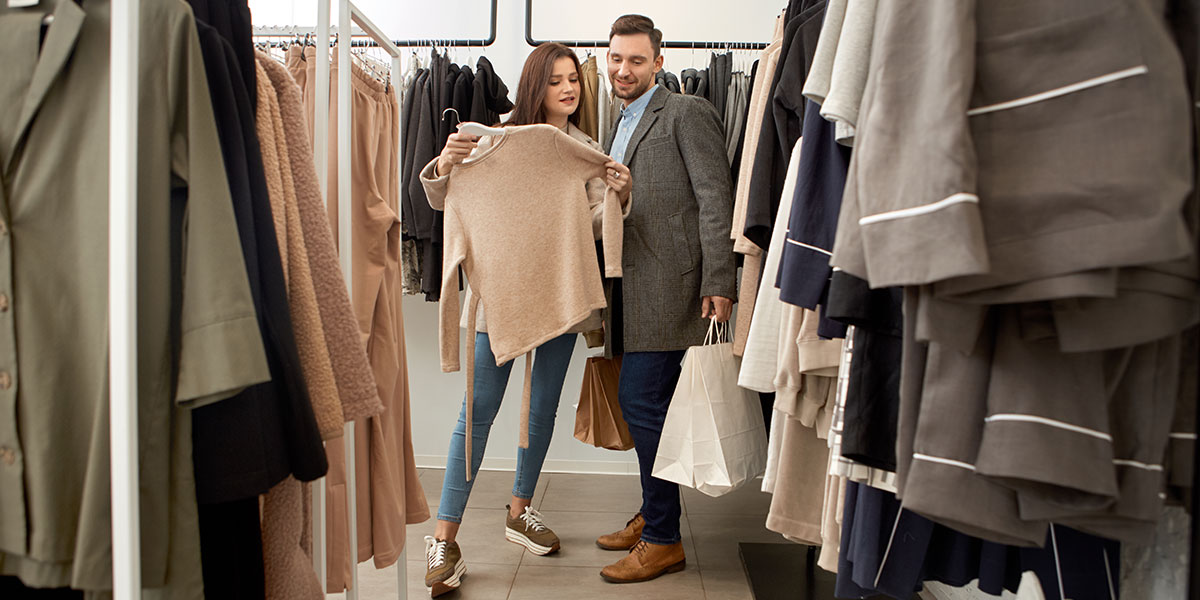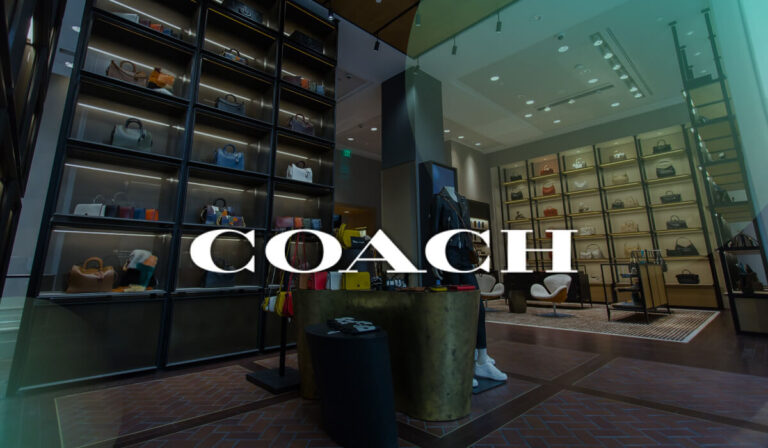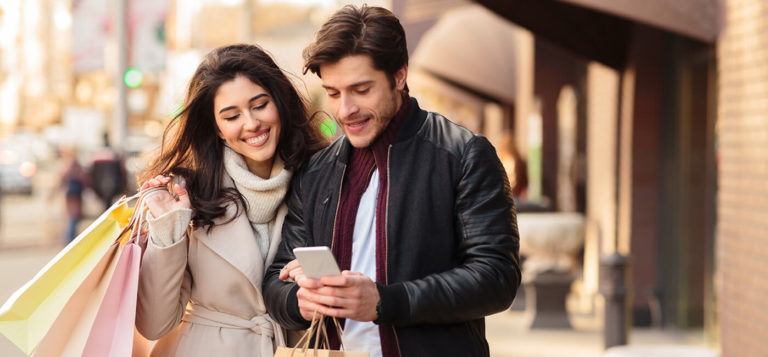It’s been another exciting twelve months in tech as consumer behaviors — along with retailer strategies — continue to evolve. It’s also that time of year when marketers look ahead in the hope of predicting what media and shopping preferences the coming months will bring.
In an effort to help you navigate this rocky terrain, GroundTruth is once again using our knowledge, experience, and data to compile and share six consumer trends we’re likely to see in 2020 (hint: mobile, personalization, and the in-store customer experience trends will reign supreme).
Let’s take a look.
1) Time spent with mobile devices continues to rise
You can bet a new smartphone is on countless holiday wish lists this year, because mobile devices are playing a bigger role in consumers’ lives than ever before. According to eMarketer, U.S. adults spent close to four hours on their mobile devices every day in 2019. That’s more time than they devoted to watching TV.
The majority of that time is allocated to smartphones, where consumers spent 2:55 daily this year, up 9 minutes from 2018. No wonder they’re doing so much more mobile shopping now. Smartphone-based retail sales increased by close to 40% this year, and you can bet this trend will continue in the months to follow.
2) The in-store customer experience will continue to shift
Consumers may opt to do more of their shopping online, but that doesn’t mean they won’t still visit brick-and-mortar stores. It does, however, mean retailers will have to give them a good reason to shop offline.
Creating an exciting and immersive in-store experience will be a top priority for retailers in the New Year. Retail concept stores like Story at Macy’s, which offers a narrative-driven shopping experience, and Away, which invites consumers to build their own “travel uniform” from luggage and other travel necessities, are only the beginning.
Pop-up shops will thrive, and interactivity will play a big role. Online retailers including Amazon and Refinery29 are already getting in the game by selling curated items at their pop-up events that help consumers “move seamlessly between their online and in-store experiences.”
3) We’ll see more digital and cashierless checkout technology implemented in stores
Along these same lines, we’ll also see brick-and-mortar stores embrace digital technologies that make it faster and easier for consumers to shop offline. When you’re competing with online retailers, convenience counts.
As we reported earlier this year, Amazon Go stores are going strong, capitalizing on the ease and novelty of cashierless, “just walk out” shopping. Using a blend of computer vision, sensor fusion, and deep learning, Amazon Go allows consumers to shop and pay via app and simply grab the products they’ve purchased.
The grab-and-go concept isn’t exclusive to Amazon, though; this trend is hitting grocery stores too with the help of technology from companies like Caper and Grabango. Global consultancy A.T. Kearney reports in its 2019 Consumer Retail Technology Survey that 72% of consumers ranked technology that speeds up the checkout process as their most valuable retail technology. Meanwhile, 59% of US digital buyers say they’d be interested in using grab-and-go stores that feature smartphone-based self-checkout.
4) More shoppers will take advantage of BOPIS
Another new development that’s already changing the world of retail? More consumers will be leveraging BOPIS (Buy Online, Pickup In-Store).
Cloud-based technology company OrderDynamics found the U.S. is currently lagging behind countries like the UK, France, and Germany when it comes to offering BOPIS services, but 42% already offer BORIS (Buy Online, Return In-Store) — and that’s an indication of things to come. OrderDynamics notes adoption rates are highest among retailers with more than 251 locations.
According to the National Retail Federation and Toluna Analytics, consumers are primarily attracted to BOPIS because it lets them save on shipping costs (64%), they need something right away (37%), or they received a discount or promotion to give it a try (36%). Clothing, footwear, and accessories, along with electronics, groceries, and beauty and personal care items, are currently the most popular choice for BOPIS shoppers, eMarketer reports.
It’s important to note that Gen Z consumers are particularly drawn to this technology. Mailbox tech company Package Concierge data shows more than half (58%) of internet users between 18 and 25 have tried BOPIS.
5) Personalization is crucial, but varies for each shopper
As you might have expected, personalization will continue to be big in 2020. Keep in mind, though, that a personalized, cohesive brand experience requires an omnichannel marketing strategy.
Most companies aren’t there yet. According to a poll conducted by customer data platform (CDP) Evergage, only 26% of US marketers have their channels connected.
But companies will make great strides in the New Year. Just remember consumers are most interested in personalized content related to products that interest them (50%), products based on their previous purchases or searches (43%), updates on availability or price (43%), and retargeting related to the exact product they’re looking for (35%).
Lastly, our final 2020 consumer trend prediction…
6) Shoppers are opting for sustainable and local products
While technology, along with the push-and-pull between online and offline retail, will influence how and where consumers shop, that won’t be the only thing driving their shopping decisions.
According to GroundTruth’s 2019 Value of a Visit study, 86% of respondents shopped at a small business in the past 6 months. Fifty-five percent of them cited the desire to support local businesses.
Sustainability is another factor impacting shopping behavior. Increasingly, consumers are opting for paper and metal straws over plastic ones, along with organic products and cruelty-free brands. In response, many companies are going green or making zero-waste, package-free products their value proposition in a bid to attract environmentally-conscious consumers.
It’s going to be an interesting year as retailers do their best to keep pace with consumer preferences and demands. As the consumer landscape continues to shift, keep these 2020 consumer trends in mind, because preparation will be critical for connecting with shoppers wherever they are.





